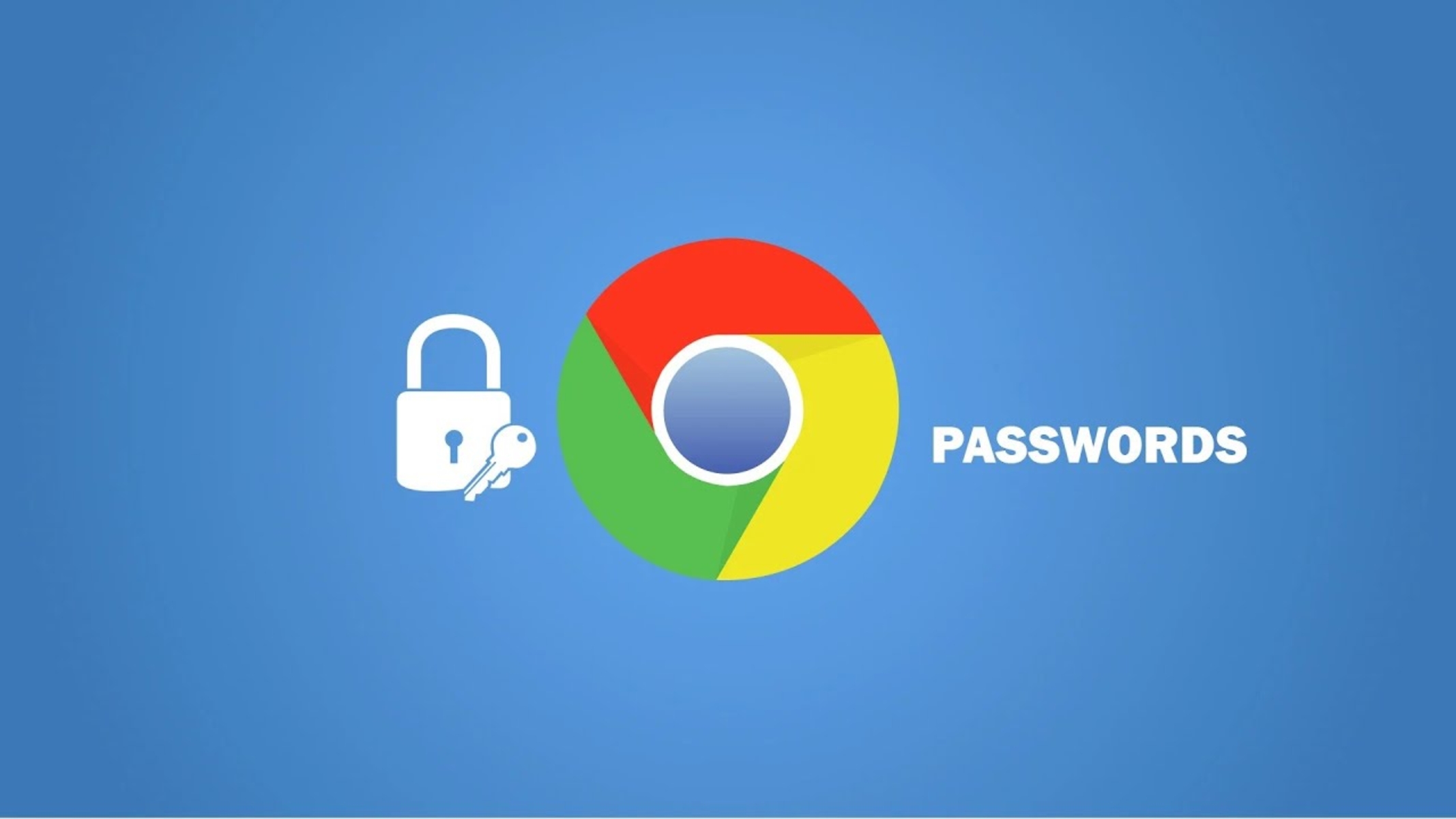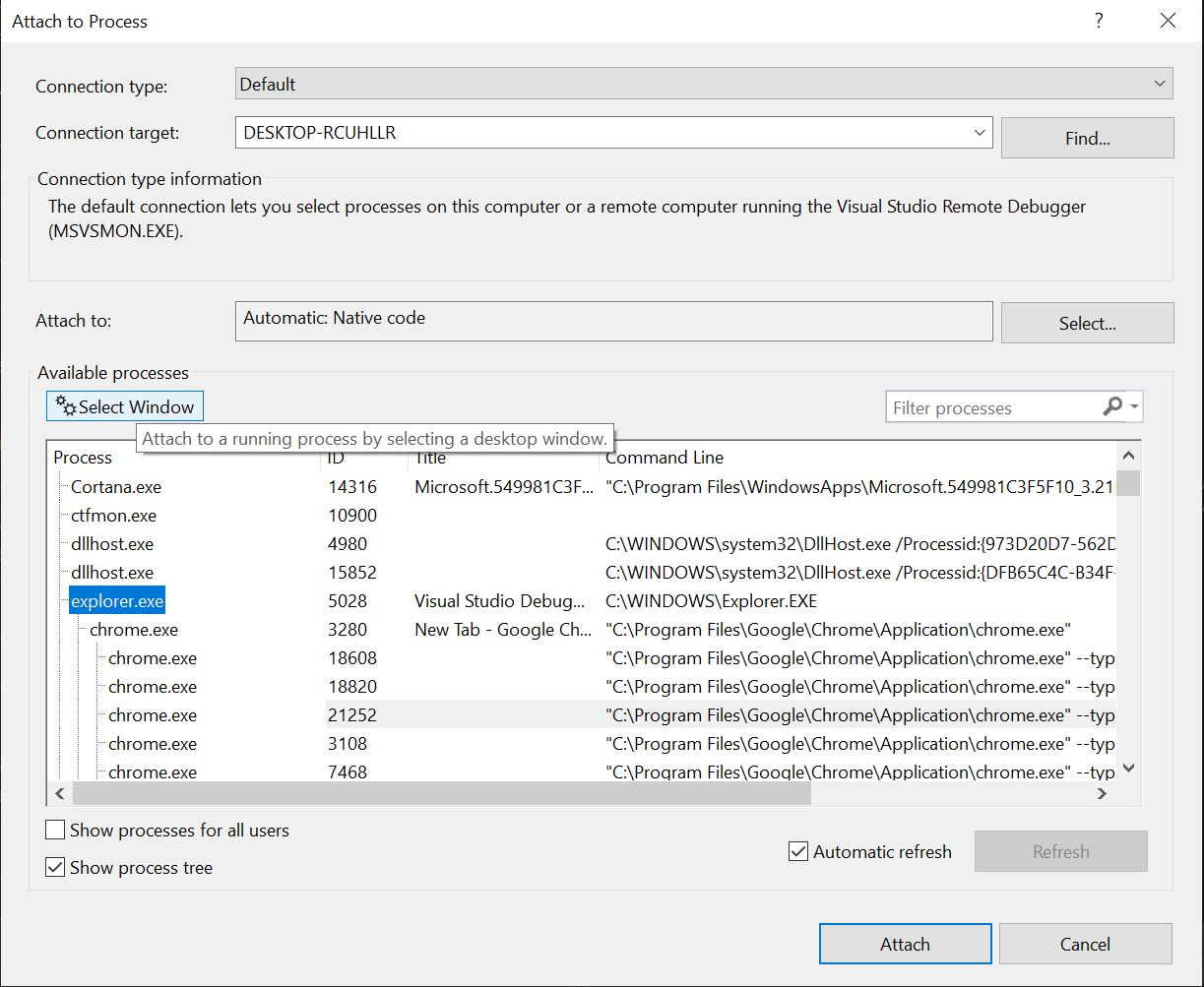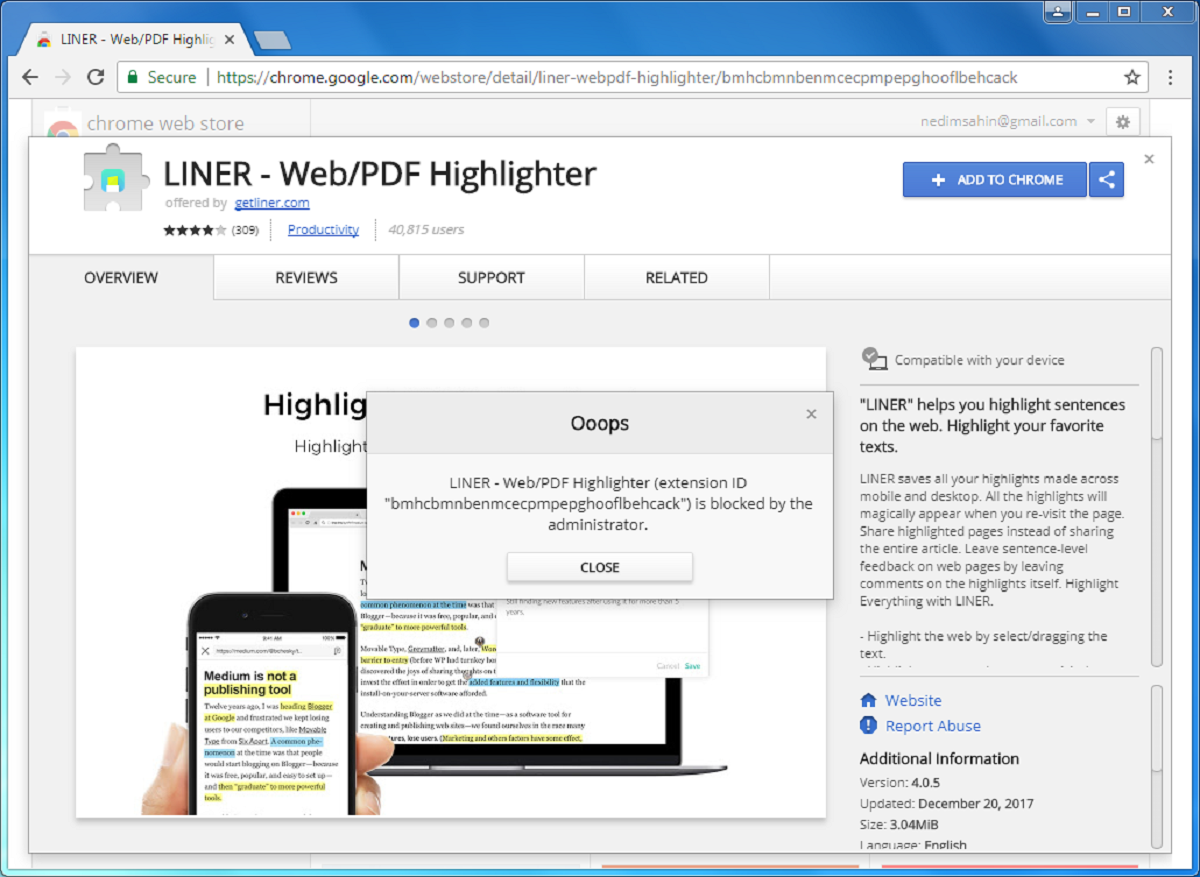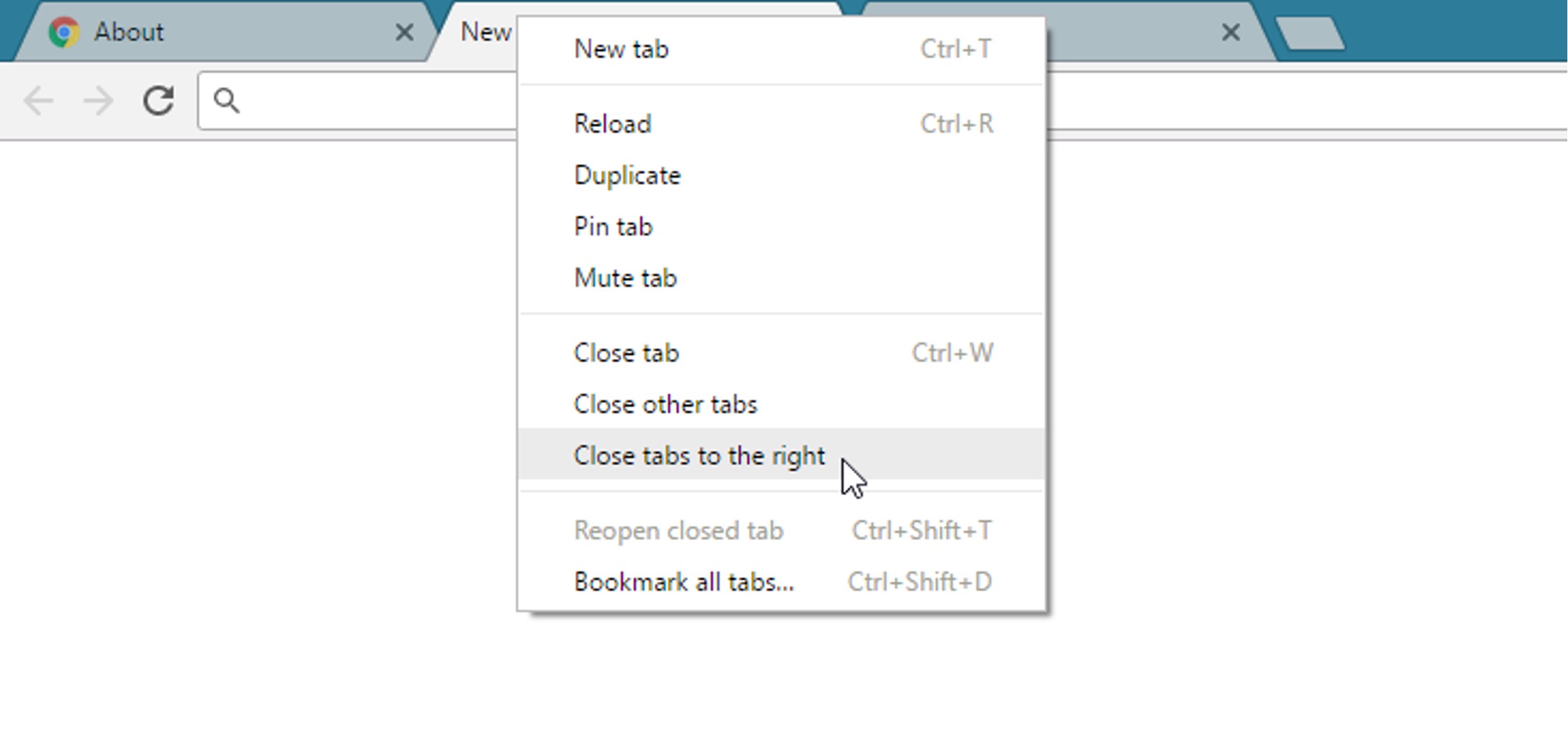Common Issues with Chrome
Chrome is a popular web browser used by millions of people worldwide. However, like any software, it is not immune to issues that can hinder its performance. Understanding the common issues with Chrome can help users troubleshoot and resolve these problems effectively.
-
Slow Performance: Users often encounter slow performance issues with Chrome, such as slow loading times for web pages and unresponsive tabs. This can be attributed to factors such as excessive browser extensions, outdated software, or a lack of system resources.
-
Crashing and Freezing: Chrome may crash or freeze unexpectedly, disrupting the browsing experience. This can be caused by conflicting browser extensions, corrupted user profiles, or insufficient system memory.
-
Error Messages: Users may encounter various error messages while using Chrome, such as "Aw, Snap!" or "This site can't be reached." These messages can indicate issues with network connectivity, DNS resolution, or website compatibility.
-
High CPU Usage: Chrome's high CPU usage can lead to system slowdowns and reduced battery life on mobile devices. This issue is often linked to resource-intensive web pages, excessive open tabs, or malfunctioning extensions.
-
Security Warnings: Chrome may display security warnings related to SSL certificate errors, unsafe websites, or potential phishing attempts. While these warnings are designed to protect users, they can sometimes be triggered by false positives or genuine website issues.
-
Audio and Video Playback Issues: Users may encounter problems with audio or video playback in Chrome, such as stuttering, buffering, or lack of sound. These issues can stem from outdated codecs, conflicting media players, or hardware acceleration issues.
Understanding these common issues with Chrome is the first step toward effectively troubleshooting and resolving them. By identifying the specific symptoms and underlying causes, users can take targeted actions to improve Chrome's performance and reliability.
How to Troubleshoot Chrome Not Working
When Chrome encounters issues, it can disrupt the browsing experience and hinder productivity. Fortunately, there are several effective troubleshooting steps that users can take to address these problems and restore Chrome to optimal functionality.
1. Restart Chrome and the Device
Sometimes, a simple restart can resolve temporary glitches or performance issues. Close Chrome and reopen it to see if the problem persists. If the issue persists, consider restarting the device to clear any underlying system issues that may be affecting Chrome.
2. Update Chrome to the Latest Version
Outdated software can lead to compatibility issues and security vulnerabilities. Updating Chrome to the latest version can address known bugs and introduce performance improvements. To update Chrome, click on the three-dot menu in the top-right corner, go to "Help," and select "About Google Chrome" to check for and install any available updates.
3. Clear Cache and Cookies
Over time, accumulated cache and cookies can impact Chrome's performance and lead to browsing issues. Clearing the cache and cookies can help resolve these issues. To do this, go to Chrome's settings, navigate to "Privacy and security," and select "Clear browsing data." Choose the time range and the types of data to clear, then click "Clear data."
4. Check for Malware or Viruses
Malware or viruses can compromise Chrome's functionality and pose security risks. Running a thorough scan with reputable antivirus software can help detect and remove any malicious threats. Additionally, Chrome's built-in security features, such as Safe Browsing, can provide an added layer of protection against harmful websites and downloads.
5. Disable Extensions and Plugins
Conflicting or outdated extensions and plugins can cause Chrome to malfunction. Temporarily disabling all extensions and plugins, then re-enabling them one by one, can help identify the culprit. To do this, go to Chrome's settings, select "Extensions," and toggle off the extensions one by one to isolate the problematic one.
By following these troubleshooting steps, users can effectively address common issues with Chrome and restore its functionality. It's important to approach troubleshooting systematically, identifying and addressing potential causes one by one to pinpoint and resolve the underlying issue. If the problem persists despite these efforts, seeking further assistance from Chrome support or online communities may provide additional insights and solutions.
Updating Chrome to Fix Issues
Updating Chrome to the latest version is a crucial step in troubleshooting and resolving issues that users may encounter. Outdated software can lead to compatibility issues, security vulnerabilities, and performance degradation. By ensuring that Chrome is up to date, users can benefit from bug fixes, feature enhancements, and improved stability.
To update Chrome, users can follow a simple process. They can start by clicking on the three-dot menu located in the top-right corner of the browser window. From the dropdown menu, they should navigate to the "Help" option and select "About Google Chrome." This action will prompt Chrome to check for available updates and initiate the installation process if updates are found.
Updating Chrome not only addresses known bugs and security vulnerabilities but also introduces performance optimizations. With each update, Google's development team strives to enhance the browser's efficiency, speed, and overall user experience. By staying current with the latest version of Chrome, users can take advantage of these improvements and ensure that their browsing sessions are smooth and reliable.
In addition to performance enhancements, updating Chrome is essential for maintaining compatibility with evolving web standards and technologies. As websites and web applications continue to advance, older browser versions may struggle to render content correctly or support modern features. By keeping Chrome updated, users can ensure seamless compatibility with the latest web developments, preventing potential issues related to website functionality and user experience.
Furthermore, updating Chrome is a proactive measure to mitigate security risks. Each new version of Chrome includes security patches and fixes for identified vulnerabilities. By promptly updating the browser, users can fortify their defenses against emerging threats, safeguard their personal information, and protect themselves from malicious activities that target outdated software.
In summary, updating Chrome to the latest version is a fundamental step in addressing and preventing issues that may arise during browsing sessions. By staying current with updates, users can benefit from performance improvements, enhanced compatibility, and strengthened security. Therefore, it is highly recommended to prioritize regular updates for Chrome to ensure a seamless and secure browsing experience.
Clearing Cache and Cookies
Clearing the cache and cookies in Google Chrome is a fundamental maintenance task that can significantly improve the browser's performance and resolve various browsing issues. Over time, as users navigate the web, Chrome accumulates temporary files, website data, and cookies. While these elements aim to enhance the browsing experience by storing site preferences and speeding up page loading, they can also lead to unintended consequences such as slow performance, site errors, and privacy concerns.
To clear the cache and cookies in Chrome, users can follow a straightforward process. They can access the browser's settings by clicking on the three-dot menu in the top-right corner and selecting "Settings." Within the settings menu, they should navigate to the "Privacy and security" section and choose "Clear browsing data." This action will open a window where users can select the time range for which they want to clear data and choose the types of data to be cleared, including cache, cookies, and other site data. Once the desired options are selected, users can click "Clear data" to initiate the process.
By clearing the cache, users can remove temporary files that may be outdated or corrupted, leading to improved page loading times and a more responsive browsing experience. Additionally, clearing cookies can address issues related to website preferences, login sessions, and tracking data. This can be particularly beneficial when encountering website errors or when a site fails to recognize user credentials or preferences correctly.
Furthermore, clearing the cache and cookies can contribute to enhanced privacy and security. By removing stored cookies, users can mitigate the risk of being tracked across websites and prevent unauthorized access to their browsing history and personal information. This proactive measure aligns with best practices for maintaining online privacy and reducing the potential impact of targeted advertising and data tracking.
In summary, clearing the cache and cookies in Google Chrome is a proactive maintenance task that can yield significant improvements in browsing performance, site functionality, and privacy protection. By incorporating this routine into their browsing habits, users can ensure a smoother and more secure online experience while mitigating potential issues associated with accumulated browsing data.
Checking for Malware or Viruses
Ensuring the security and integrity of Google Chrome involves proactively checking for malware or viruses that may compromise the browser's functionality and pose potential risks to user data. Malware, including viruses, spyware, adware, and other malicious software, can infiltrate a user's system and impact the performance and security of the web browser.
To initiate the process of checking for malware or viruses, users can leverage reputable antivirus software that offers comprehensive scanning capabilities. By running a thorough system scan, users can detect and eliminate any malicious threats that may have infected their devices, including components that could affect the Chrome browser.
In addition to utilizing third-party antivirus solutions, Google Chrome provides built-in security features that contribute to a safer browsing environment. The browser's Safe Browsing feature actively identifies and warns users about potentially harmful websites, downloads, and extensions. This proactive approach helps users steer clear of malicious content and reduces the likelihood of encountering malware-related issues while browsing the web.
Furthermore, Chrome's advanced security settings enable users to customize their browsing experience and enhance protection against potential threats. By accessing the browser's settings, users can explore options such as site settings, security and privacy configurations, and advanced protection features. These settings empower users to fortify their defenses against malware and viruses, thereby bolstering the overall security posture of their browsing sessions.
Regularly checking for malware or viruses is a crucial aspect of maintaining a secure and reliable browsing environment. By remaining vigilant and proactive in identifying and addressing potential security threats, users can safeguard their personal information, prevent unauthorized access to sensitive data, and preserve the integrity of their browsing activities.
In summary, the proactive approach of checking for malware or viruses in Google Chrome is essential for mitigating security risks and ensuring a safe and seamless browsing experience. By leveraging both third-party antivirus solutions and Chrome's built-in security features, users can fortify their defenses against potential threats and maintain the integrity of their browsing sessions.
Disabling Extensions and Plugins
Disabling extensions and plugins in Google Chrome is a strategic approach to troubleshooting and resolving browsing issues that may arise from conflicting or outdated add-ons. Extensions and plugins, while offering additional functionality and features, can sometimes interfere with the browser's performance, leading to slow loading times, unresponsive tabs, or unexpected crashes. By temporarily disabling these elements, users can identify and isolate the root cause of browsing issues, allowing for targeted resolution.
To begin the process of disabling extensions and plugins, users can access the Chrome menu by clicking on the three-dot icon in the top-right corner of the browser window. From the menu, they should navigate to "More tools" and select "Extensions." This action will display a list of installed extensions and plugins, providing users with the option to toggle them off individually.
By systematically disabling extensions and plugins one by one, users can observe the impact on Chrome's performance and behavior. This method allows them to pinpoint any specific add-ons that may be contributing to browsing issues. Additionally, users can evaluate the necessity and relevance of each extension or plugin, considering whether it aligns with their current browsing requirements and if it may be causing conflicts with other installed components.
Furthermore, users can leverage the "chrome://plugins/" URL to access the browser's plugin management interface, where they can disable or enable specific plugins as needed. This granular control over plugins empowers users to fine-tune their browsing environment and address potential compatibility or performance concerns related to plugin functionality.
In some cases, users may discover that certain extensions or plugins are outdated or no longer actively maintained by their developers. In such instances, it may be prudent to remove these elements entirely to prevent any future issues and streamline the browsing experience.
By systematically disabling and evaluating extensions and plugins, users can effectively troubleshoot and resolve browsing issues in Chrome. This methodical approach enables users to identify problematic components, optimize their browsing environment, and ensure a smoother and more reliable experience while leveraging the functionality of essential and compatible extensions and plugins.

























